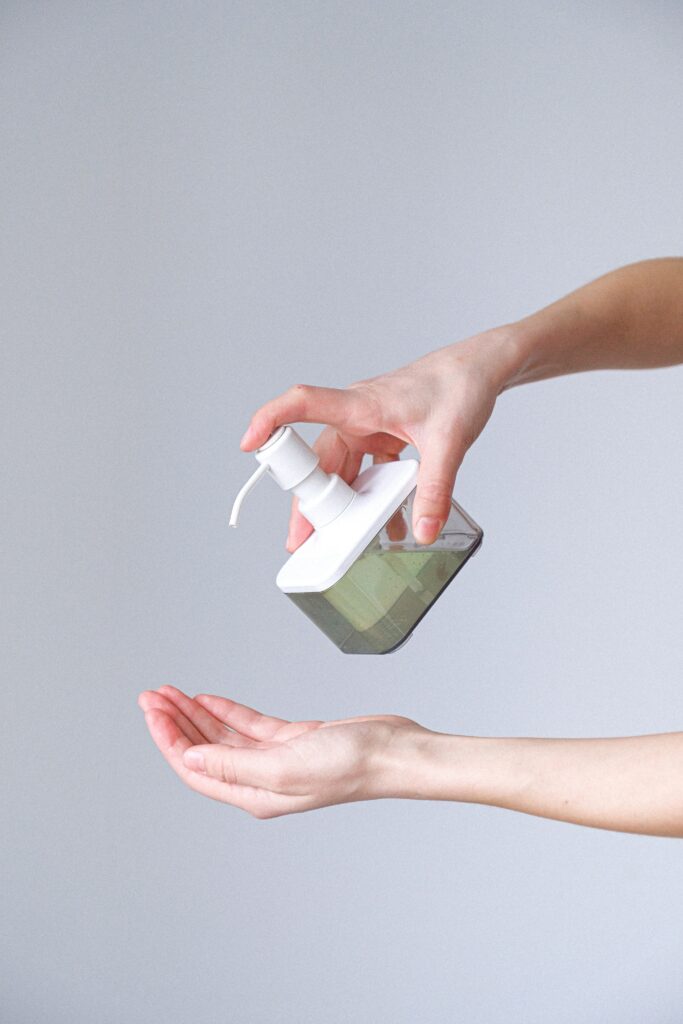Common Hand Washing Mistakes

Hand washing is one of the most effective ways to prevent the spread of germs and infections. However, many people make common mistakes while washing their hands, which can undermine the effectiveness of the process. In this blog, we will discuss some of the most common hand washing mistakes and how to avoid them.
Not washing for long enough
One of the most common hand washing mistakes is not washing your hands for long enough. According to the Centers for Disease Control and Prevention (CDC), you should wash your hands for at least 20 seconds. This is because it takes that long to effectively remove dirt and germs from your hands. To ensure you are washing for long enough, try singing the “Happy Birthday” song twice or counting to 20 in your head.
Not using enough soap
Another mistake people make is not using enough soap. Using a sufficient amount of soap is important because it helps to break down the oils and dirt on your hands, allowing the water to wash away the germs. The amount of soap you use should be enough to cover your entire hand.
Neglecting the backs of your hands and fingers
Many people focus solely on the palms of their hands when washing, neglecting the backs of their hands and fingers. However, these areas are just as likely to come into contact with germs and bacteria. When washing your hands, be sure to lather the backs of your hands and in between your fingers.
Not drying your hands properly
After washing your hands, it’s important to dry them thoroughly. Not doing so can leave your hands damp, which can promote the growth of bacteria. Use a clean towel or air dryer to dry your hands completely, and be sure to dry in between your fingers as well.
Touching contaminated surfaces after washing your hands
Finally, one of the most common mistakes people make is touching contaminated surfaces after washing their hands. This can undo all the good work you’ve just done. To avoid this, use a paper towel or your elbow to turn off the faucet and open the door when leaving the bathroom.

Using hot water instead of warm water
While many people believe that using hot water is better for hand washing, it can actually cause skin irritation and dryness. Warm water is the ideal temperature for hand washing because it is effective in removing germs and dirt without damaging the skin.
Not washing your hands frequently enough
Another common mistake is not washing your hands frequently enough. Germs can easily be spread from person to person, especially in public places. It’s important to wash your hands often throughout the day, especially after using the restroom, before and after eating, and after coughing or sneezing.
Using antibacterial soap unnecessarily
Antibacterial soap is not necessary for everyday hand washing. In fact, overuse of antibacterial products can lead to the development of antibiotic-resistant bacteria. Regular soap is effective in removing germs and bacteria from your hands.
Scrubbing your hands too vigorously
While it’s important to thoroughly wash your hands, scrubbing them too vigorously can cause skin irritation and dryness. Instead, use gentle circular motions to lather the soap and focus on all areas of your hands, including the fingers and nails.
Not washing your hands before and after using gloves
If you wear gloves, it’s important to wash your hands before and after using them. Gloves can easily become contaminated with germs and bacteria, so washing your hands before putting on gloves can prevent the spread of germs. Likewise, washing your hands after taking off gloves can ensure that any germs on the gloves are removed.
Hand washing is a simple yet essential step in maintaining good hygiene and preventing the spread of infections. By avoiding these common hand washing mistakes, you can ensure that your hands are clean and germ-free. Remember to wash your hands frequently, use warm water and soap, and dry them thoroughly. Let’s work together to keep ourselves and our communities healthy.

